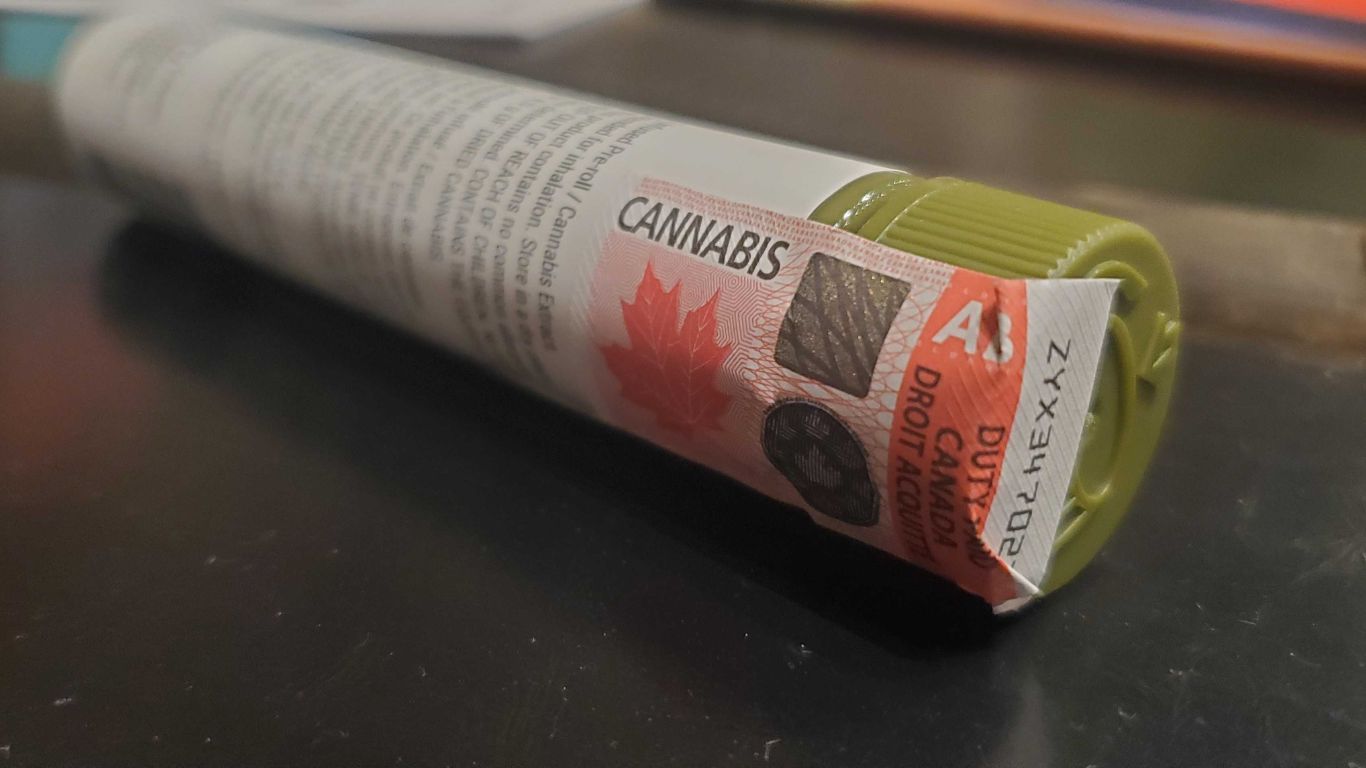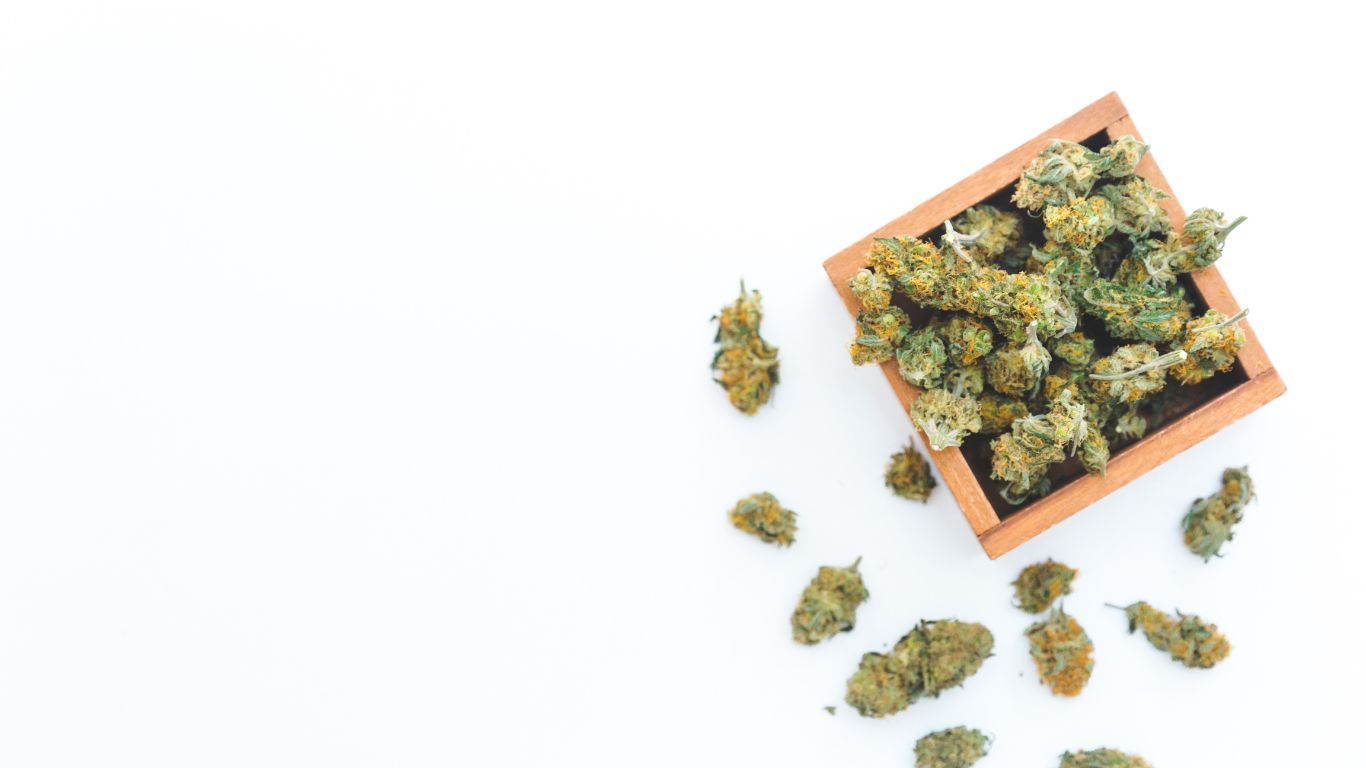
Alberta’s cannabis distribution agency posted its first year of profits for fiscal year 2022-2023, bringing in over $18 million from over $600 million in sales after its operating expenses and costs.
The cost for the AGLC to bring in $618.9 million in sales from April 1, 2022, to March 31, 2023, was $558.5 million, leaving the agency with $60.4 million in net revenue. Operating expenses for AGLC’s cannabis operations took away another $49.3 million of that, leaving it with a net income of a little over $18 million.
This is nearly three times as much as the $7 million forecasted in the province’s 2022-2023 budget. The province also brought in $164 million in cannabis tax.
As a comparison, in the same time period, gaming brought in nearly $1.6 billion for AGLC, while liquor brought in $825.1 million. The AGLC’s operating expenses for its cannabis operations were higher than for alcohol ($37.8 million), despite sales for alcohol being 14 times higher than cannabis. In 2023, AGLC contributed $2.4 billion from gaming, liquor and cannabis operations to the General Revenue Fund, with cannabis accounting for less than 1%.
In the 2021-2022 fiscal year, the agency had a loss of almost $4.4 million for its cannabis operations. In 2021, the agency posted a $12 million loss.
Market insight
Unsurprisingly, dried flower sales still dominate the Alberta market, accounting for 33.4% of all sales. When combined with pre-rolls and milled flower, which AGLC lists separately, this is nearly 59% of all sales from dried flower products.
Vapes represent just over 20% of total sales in dollars, while extracts are almost 12%.
Dried flower sales declining
Despite still controlling the bulk of sales, dried flower (excluding pre-rolls and milled flower) showed its third year of declines, from $237.9 million in fiscal year 2021, $226.5 million in fiscal year 2022, and $206.9 million for the 2023 fiscal year, as of March 31, 2023.
Milled cannabis flower, however, did increase from $15.7 million in 2022 to $23.9 million in 2023. Just $2.6 million was sold in the fiscal year covering 2020-2021. Pre-roll sales increased from $120.8 million in 2022 to $131.8 million in 2023.
Sales in dollars from vapes, extracts, edibles, oil, beverages, capsules and soft gels all increased, while topicals and seeds decreased (as well as non-liquid beverages).
Most cannabis stores per capita
Alberta has the highest number of retail stores per person in Canada, and 27% of licensed cannabis producers are based in Alberta. The number of cannabis stores as of March 31, 2023, was the same as the previous year at 756. The agency currently lists 752 as of March 5, 2024.
Cannabis sales in Alberta were about $130 per capita, compared to about $95 in Ontario in the same time frame.
Cannabis licensees are the least satisfied with the AGLC out of all its licence types, with approval of 92% for liquor licensees and agencies, 96% of charitable gaming licensees, 95% of gaming retailers and operators, and 84% of cannabis licensees.
There were 2,085 cannabis products available and 143 contracts with licensed producers of cannabis, including 38 contracts with Alberta-based licensed producers. About 89% of Albertans who purchase cannabis say they are satisfied with the product variety, and 86% of Albertans say they are satisfied with the accessibility to purchase cannabis.
From 2022-2023, the AGLC conducted 4,944 inspections of cannabis licensees, with a 98% compliance rate. This compares to 4,662 inspections of gaming licensees and 20,643 inspections of liquor licensees, both of which had a 99% compliance rate.











